Recent studies show that diverse groups of scientists may be more successful in problem solving than homogenous groups. It’s troubling, then, that only 8 percent of STEM (science, technology, engineering, and mathematics) professors come from underrepresented minority groups. Sixteen years ago, in an effort to broaden the pool of academic leaders in the STEM fields, one entry-level administrator started small.
Nina Maung-Gaona gathered 33 minority graduate students at New York’s Stony Brook University in hopes of giving them an academic peer group where they felt a sense of belonging.
Since then, she has made it her mission to help hundreds of aspiring Black, Latino, and Native American academics succeed in their fields. The results are staggering: Since 1999, Stony Brook has increased the number of its minority doctoral candidates in STEM fields by 200 percent.
TIAA and the Huffington Post have partnered to bring you the story of how Maung-Gaona helped so many students succeed and contribute in their fields.
Formative Experiences
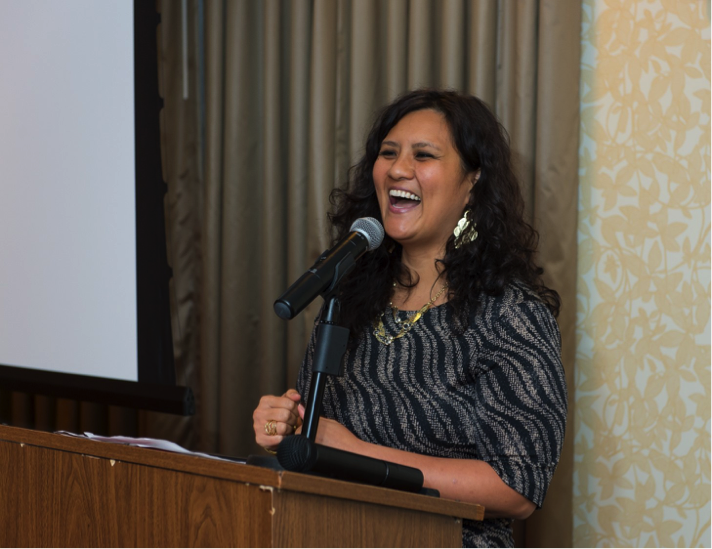
Maung-Gaona, now 42, drew from her personal experience as the trilingual daughter of immigrants. While her parents logged long hours at a factory and a gas station, Maung-Gaona was often responsible for herself and her little sister.
She had to forge her own path at school as well. Growing up, she mixed Burmese, Korean, and English together in conversations with classmates. As a result, a teacher once chastised her parents for the difficulties she had sticking to one language in class, telling them to teach her English.
Maung-Gaona credits her parents with working incredibly hard to keep the family afloat, but recognizes that they just didn’t know about certain opportunities. As she finished her own education and then worked in Asia and Africa for international organizations like UNESCO and Save the Children, she saw the success that could come from connecting those needing support with resources that could make a difference in their lives.
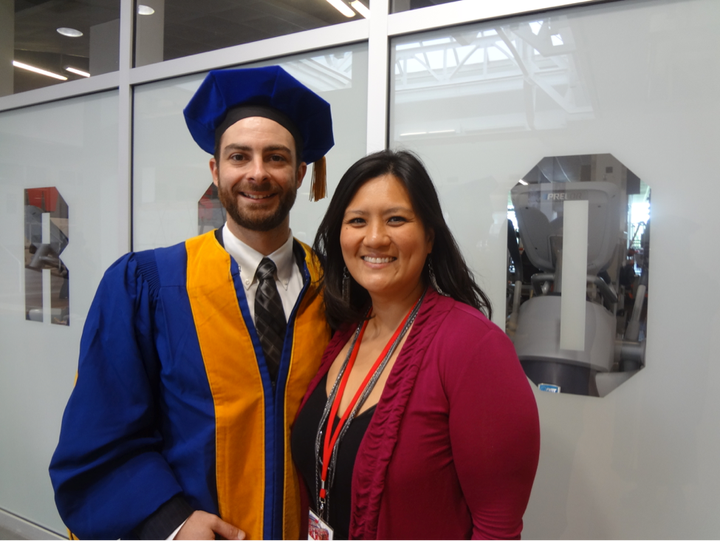
Creating Community
She brought that perspective to her work as co-creator of Stony Brook’s Center for Inclusive Education and as the university’s former assistant dean of diversity. In both roles, she made it her mission to help students who can feel isolated because of their backgrounds. The absence of a sense of community and belonging can make an already demanding academic undertaking even more challenging, she says.
Stony Brook, part of the State University of New York system, first hired Maung-Gaona in 2000 as program coordinator for the Alliance for Graduate Education and the Professoriate (AGEP) program, a grant funded by the National Science Foundation designed to increase the ranks of minority graduate students in STEM fields. Maung-Gaona started by identifying 33 graduate students who fit that description from a pool of more than 1,000. And even though they numbered fewer than three dozen, “A lot of them didn’t know each other,” she says.
Ramón Emilio Fernández, Ph.D., for example, now an assistant professor of mathematics at Pace University, recalls feeling excluded when Stony Brook classmates talked about weekend trips and study sessions to which he wasn’t invited. “It was a very isolating experience,” he says.
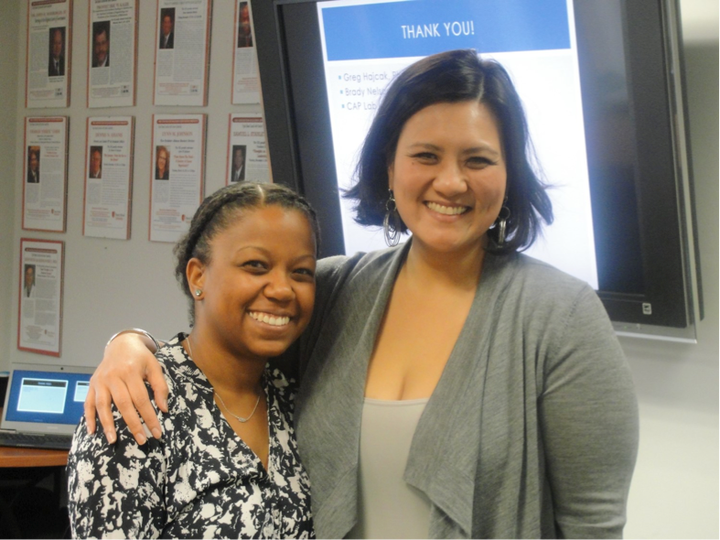
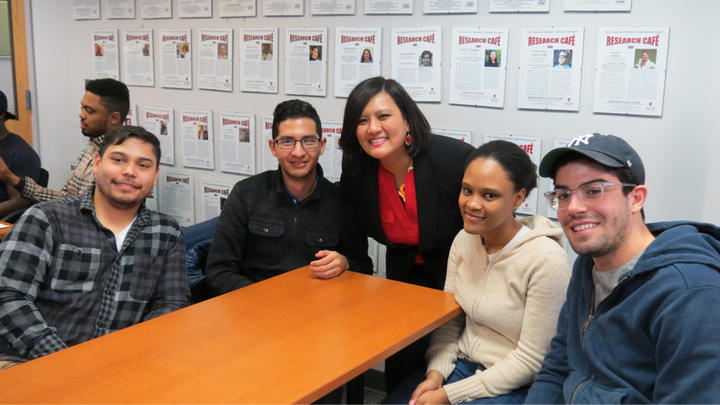
A Nourishing Experience at the Research Café
At Stony Brook, Maung-Gaona has worn many hats, cycling through roles from grant writer to student advocate and event coordinator in her search for ways to increase AGEP’s impact. Creating the Center for Inclusive Education, or the CIE, in 2002 has been her biggest accomplishment, she says. Minority graduate students — including those in STEM fields and other disciplines — now have a physical space where they can gather. The center has taken off, earning funding from seven grant programs.
One key success: The “Research Café,” where doctoral students present their research to colleagues, gaining valuable experience they can use when presenting papers at conferences — and, ultimately, when defending their doctoral work before a panel of professors. After they share their research, the center celebrates their work by displaying poster-size features about it on the center’s “wall of fame.”
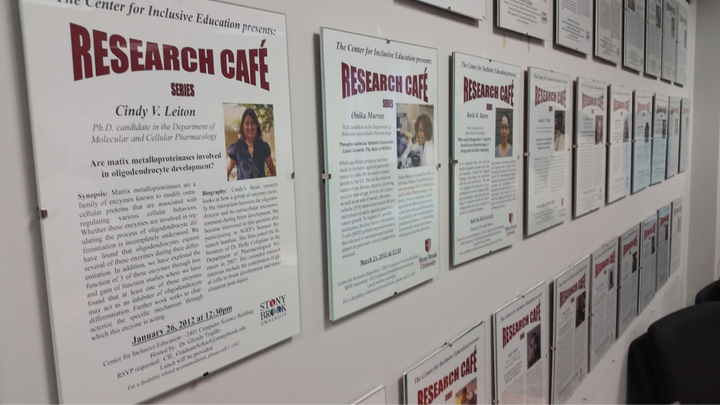
The center has become a haven for graduate students seeking guidance. There, they find it easier “to let your guard down and say, ‘I’m hurting, this is what I need, can you help me?’” says Arthur Jay Goff, Ph.D., who studied at Stony Brook before becoming a microbiologist for the U.S. Department of Defense and working on therapeutic remedies for the Ebola virus.
Goff says he values the social support that Maung-Gaona, and the center, provided. “I had teachers that told me I would never be good at science and I should quit now,” he says. If not for Maung-Gaona and the center, “I wouldn’t be the man that I am, wouldn’t have the tool kit that I have,” he adds.
Back to School
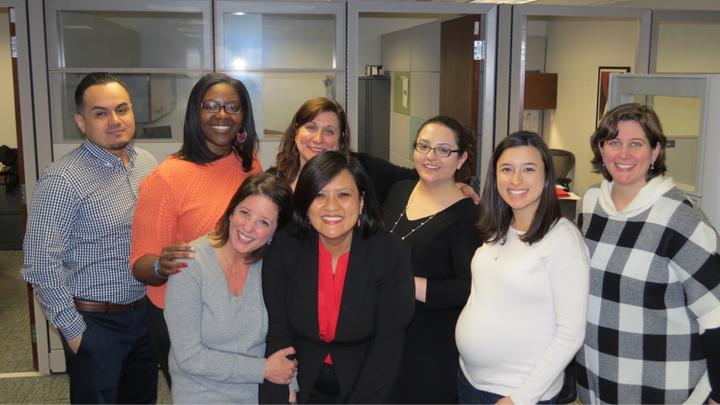
For Maung-Gaona, the work continues on several fronts. In 2012, she enrolled as a doctoral student in Stony Brook’s College of Engineering and Applied Sciences studying diversity and inclusion in STEM academic and career domains. She also transitioned earlier this year into a new role as the university’s associate vice president for research. Advocating for diversity is very much part of the job description, she says.
“People think diversity is just a number you have to achieve,” Maung-Gaona says. “It’s not about that — it’s about culture of belonging and access to opportunities, and so much more.”
TIAA believes in celebrating those who serve others. Learn how other TIAA customers have pursued their own definitions of success at TIAA.org.